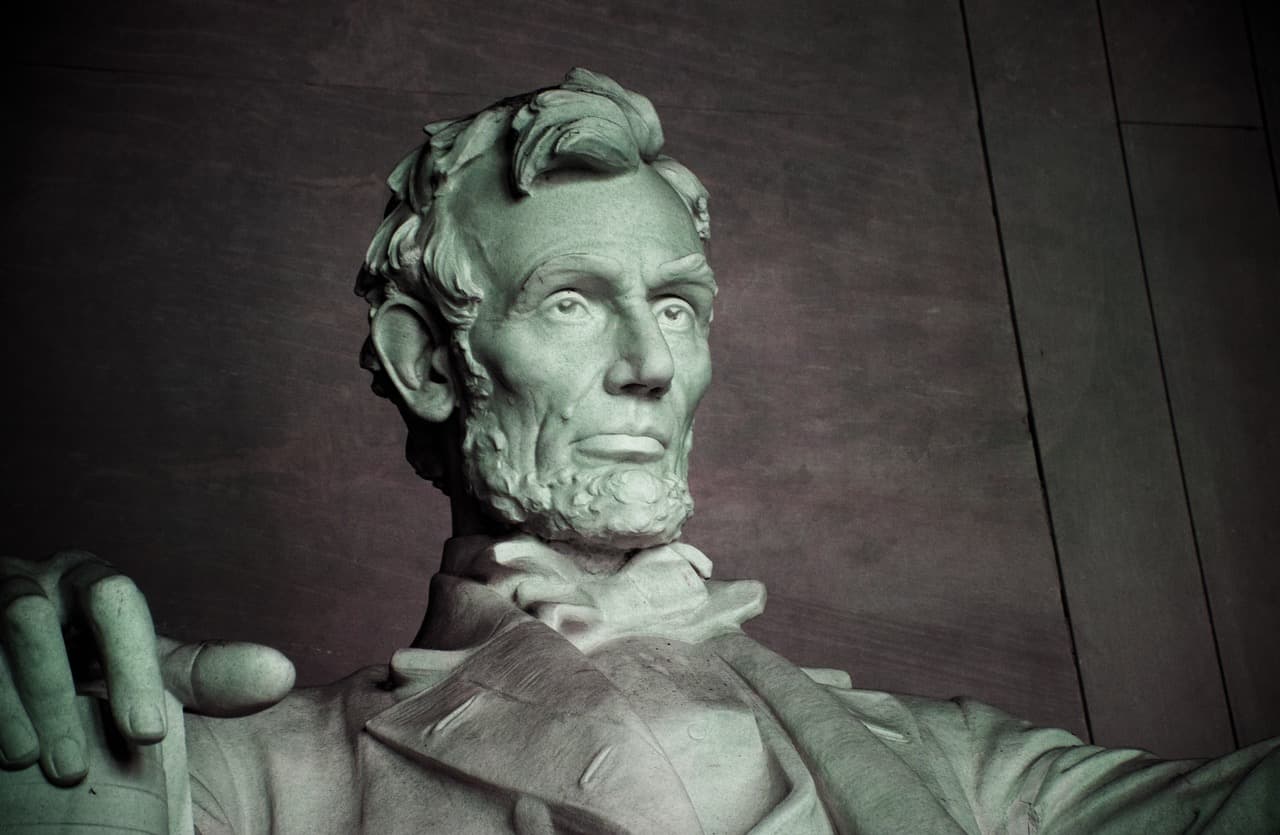
Of Owls and Men
By Jared Peatman
Published on April 24, 2018
In The Way of the Owl, martial arts expert and naturalist Frank Rivers uses the owl as a model for effective conflict management. The book is full of useful advice, such as:
Seven Principles from The Way of the Owl
1. "A sharp blade is both safer and more effective than a dull one" (6)
This principle applies beyond physical tools to mental preparation, skills, and decision-making processes. Sharp thinking, well-developed capabilities, and clear strategies are not only more effective but actually reduce risk by providing precision rather than brute force.
2. "Security lies in knowledge, benevolence in training" (7)
True security comes from understanding your environment, your opponents, and yourself. Meanwhile, the ability to be generous and protective of others develops through practice and preparation. Leaders who know their domain deeply can afford to be more giving and supportive.
3. "Engage the enemy as you find him, not as you wish him to be" (25)
Perhaps the most crucial leadership principle: deal with reality, not your hopes or assumptions. This requires honest assessment of competitors, challenges, team capabilities, and market conditions.
4. "A good enemy is a creature of immense value. He holds our feet to the fire and makes us dig for new capabilities and latent talents" (35)
Competition and adversity, while uncomfortable, force growth and innovation. The best opponents reveal weaknesses, push boundaries, and catalyze development that wouldn't occur otherwise.
5. "You can't ask good questions if you think you already know the answers" (63)
Intellectual humility enables learning. Leaders who assume they understand situations miss crucial information and fail to uncover better solutions. Curiosity requires admitting ignorance.
6. "You don't have to rule the forest to thrive in it" (93)
Success doesn't require domination. You can prosper by finding your niche, developing specialized capabilities, and working effectively within existing systems rather than trying to control everything.
7. "We don't see what we look at; we see what we look for" (109)
Our expectations and biases filter perception. What we anticipate finding shapes what we actually notice, often causing us to miss important information that doesn't fit our preconceptions.
Gettysburg Applications
The Confederate army at Gettysburg would have done well to heed the third and seventh points, for Lee and many of his generals constantly saw a Union army not as it was, but as they wished it was. On the other hand, the Union army had benefited from the fourth maxim, having a good enemy, and had dug around for new capabilities and talents to the point that it had finally closed the leadership gap with Lee's Army of Northern Virginia.
Rivers made one more excellent point: "Imagine a boulder rolling down a hill. If you try to stop it with direct force or dogged resistance, you will be defeated. But if you run up alongside it and give it a nudge in a new direction, you will remain safe" (18). John Buford's delaying action on July 1st supports the second part of Rivers' analogy, while the decimation of the 1st Minnesota on July 2nd proves the first.
Modern Leadership Applications
Strategic Planning
- Sharp blade principle: Develop precise, well-researched strategies rather than vague general plans
- Reality-based assessment: Analyze competitors and markets as they actually are, not as you wish them to be
- Indirect influence: Sometimes nudging situations in new directions works better than direct confrontation
Team Development
- Value of challenges: Embrace difficult projects and strong competitors that force your team to grow
- Question-based leadership: Approach problems with genuine curiosity rather than predetermined solutions
- Knowledge-based security: Invest in deep understanding of your business domain
Conflict Resolution
- Engagement principles: Address actual behaviors and issues, not what you assume people's motivations are
- Sustainable positioning: Find ways to succeed without needing to dominate or control others
- Perception awareness: Recognize that your expectations shape what you notice in conflicts
Questions for Reflection
Which of these rules makes you stop and think?
Consider these application questions:
-
Sharp Tools: What "blades" in your leadership toolkit need sharpening? Skills, processes, or strategies that are dull and ineffective?
-
Reality Check: Where might you be engaging problems as you wish they were rather than as they actually are?
-
Good Enemies: What challenging competitor or difficult situation might actually be pushing you to develop new capabilities?
-
Question Quality: What assumptions are preventing you from asking better questions about your current challenges?
-
Forest Thriving: Where are you trying to rule when you could simply thrive by being excellent at your specialized role?
-
Perception Bias: What are you looking for that might be causing you to miss important information?
-
Boulder Strategy: What situations require indirect influence rather than direct force?
The Wisdom of Natural Conflict Management
Rivers' use of the owl as a leadership model reminds us that nature offers powerful examples of effective strategy. Owls succeed through:
- Silent observation before action
- Precise targeting rather than wasteful effort
- Patience in waiting for the right moment
- Adaptation to different hunting conditions
- Efficiency in using minimal energy for maximum effect
Integrating Owl Wisdom
To apply these principles:
- Practice observation before jumping to conclusions
- Develop precision in your skills and decision-making
- Embrace challenges as opportunities for growth
- Question assumptions regularly
- Focus on thriving in your niche rather than dominating everything
- Check your biases about what you expect to find
- Use indirect influence when direct approaches would be ineffective
The way of the owl teaches us that effective leadership often requires the wisdom to see clearly, the patience to wait for the right moment, and the precision to act decisively when the time comes.
Which owl principle do you need to practice most in your current leadership challenges?




